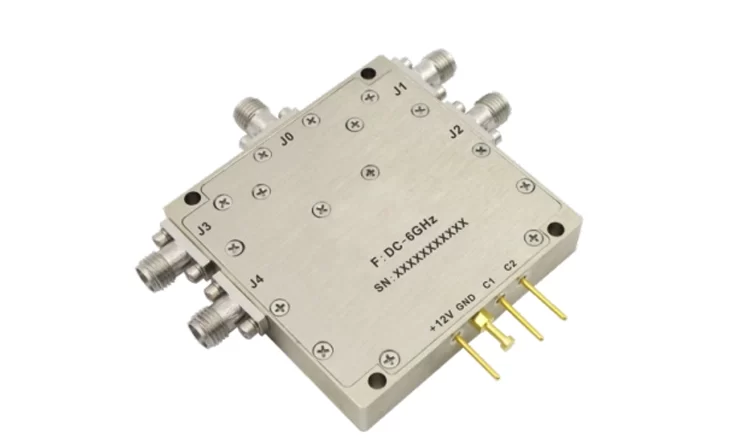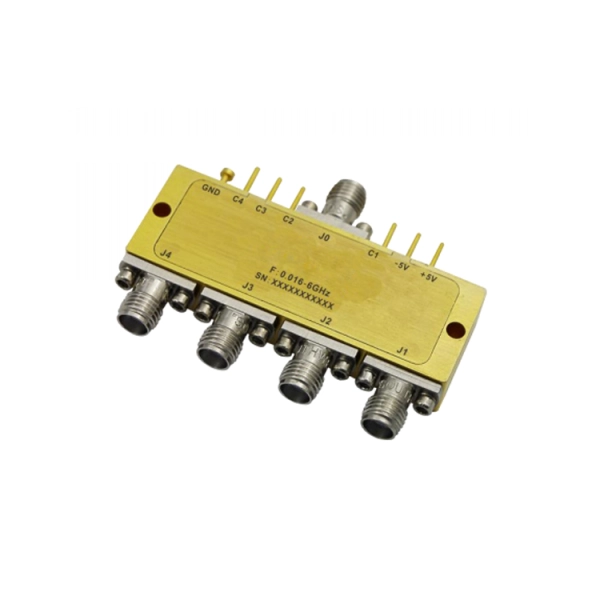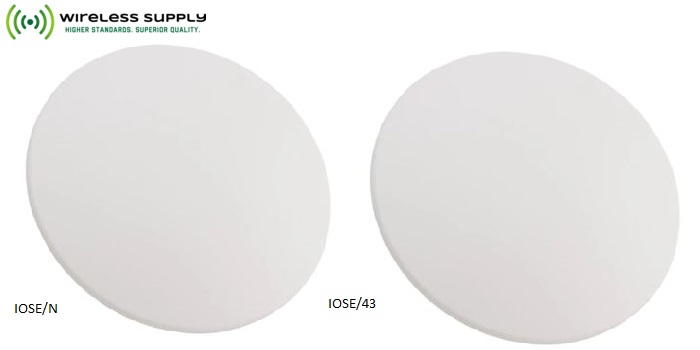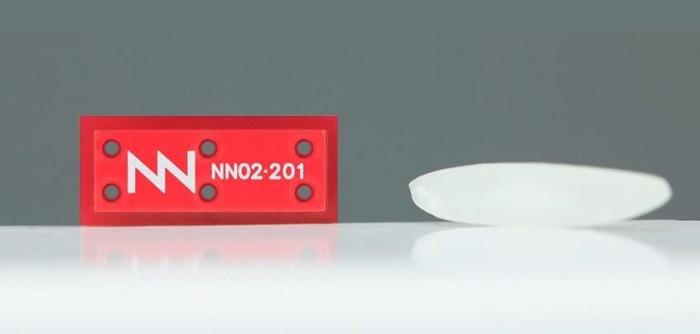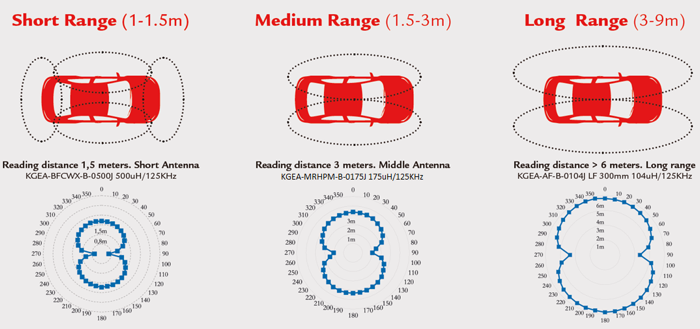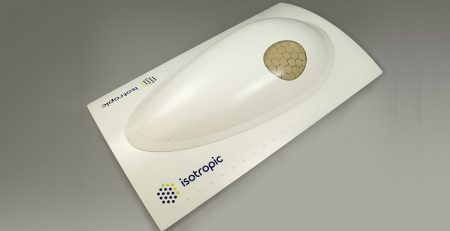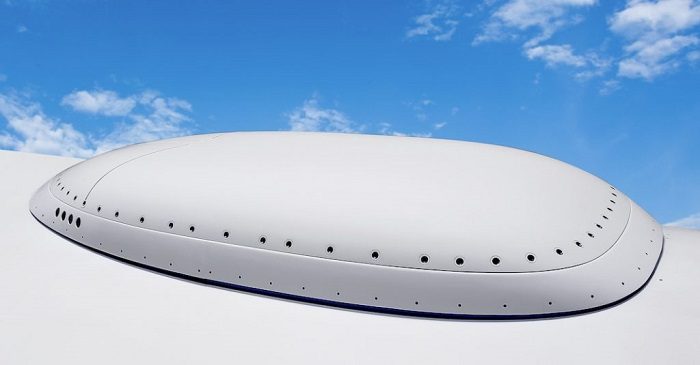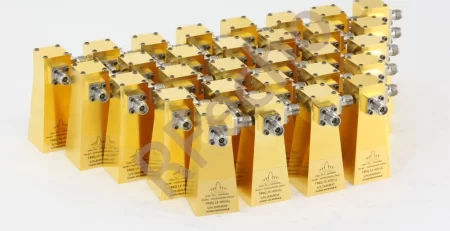How to Choose RF Switch, High Power or Low Speed Switching?
RF switches are the important part in complex communication networks, like radar, testing devices and aerospace equipment.
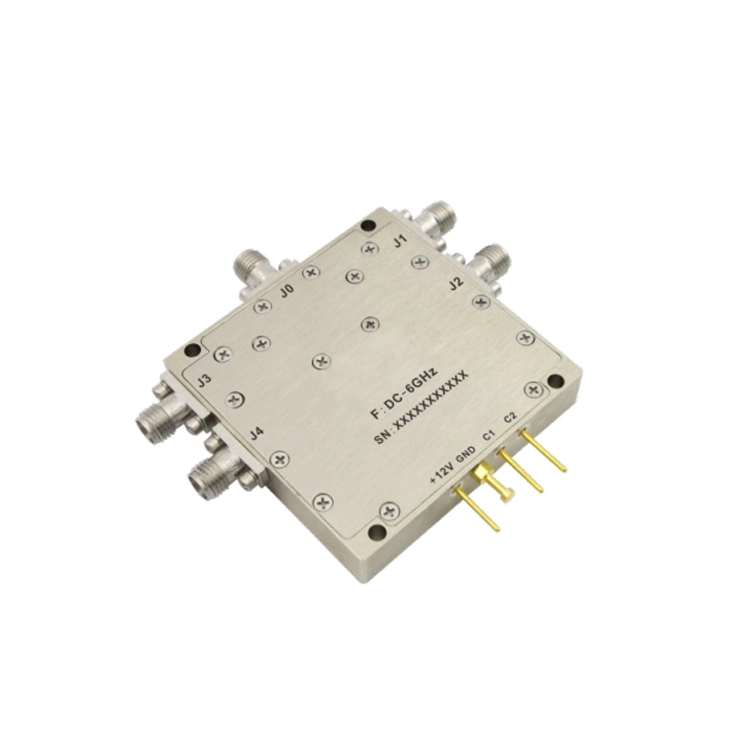
- The main differences between High Power and Low Speed RF switches
- Important factors to consider based on your project’s needs
- When to pick SP4T (Single Pole Four Throw) setups
- Tips for fitting switches into your system for top performance
The reliability and smooth operation of the system depends on the wise selection of the equipment either designing a radar system or for test setup . The following key points should be keep in mind.
Understanding RF Switch Basics
What is an RF Switch?
RF switches split the high frequency signal into different paths and controls the flow of signal between antennas and receiver or transmitters. Two main types of switches are available, electro-mechanical which is based on physical part to switch and solid state are based on electronic components.
Key specifications in Switch Selection
Parameters affecting the efficiency and robustness of the RF switches:
- Power Handling
- Switching Speed
- Insertion Loss:
- Isolation
- Linearity and VSWR
Each of these affects how well your system performs, so think about what matters most for your setup.
Types of RF Switches Based on Performance Characteristics
High Power, Low Speed RF Switches
High Power RF switches handle large amounts of energy, often over 100 watts. They’re built for heavy-duty tasks like radar systems or powerful transmitters, where strength matters more than speed. These switches are slower, taking milliseconds to change paths, but they’re sturdy and handle heat well.
RFecho offers High Power switches that can be tailored to your needs. These come with tough cases and cooling features for long-lasting use in demanding settings.
Low Power, High Switching Speed RF Switches
For tasks needing fast signal changes, like test equipment or quick communication systems, Low Power, high-speed RF switches are the go-to. These switches can flip in nanoseconds or microseconds, using solid-state tech like PIN diodes or FETs for speed.
RFecho’s lineup includes fast-switching SPDT and SP4T switches, perfect for lab work or time-sensitive projects. You can customize them for specific speed or size needs.
Comparing High Power vs. High Speed RF Switches
Performance Trade-offs Between Power Handling and Switching Speed
There’s a natural trade-off between power capacity and switching speed. High Power switches often use mechanical relays or strong solid-state parts, which are durable but slow. High-speed switches rely on fast, delicate semiconductors that can’t handle as much power.
Your choice depends on your system’s goals. For example, a satellite uplink needs High Power switches to handle strong signals. But a testing setup needs fast switches to speed up cycles. Think about what your project values more: power or quickness.
| Feature | High Power Switch | High Speed Switch |
| Power Capacity | Over 100W | Below 50W |
| Switching Time | Milliseconds | Nanoseconds |
| Best Use Case | Radar, Transmitters | Testing, Comms |
| Durability | Very High | Moderate |
Environmental and Operational Considerations
Your environment affects your choice too. Temperature swings, vibrations, or humidity can impact a switch’s performance. High Power switches, often mechanical, handle tough conditions well due to their solid build. High-speed switches may need extra protection, like shielding or climate control.
RFecho offers custom solutions for harsh settings, including aerospace-grade cases and sealed units for defense projects, ensuring your switch works reliably no matter the conditions.
Application-Based Selection Criteria for RF Switches
Choosing the Right Switch for Communication Systems
In systems like cell towers or satellite links, keeping signal loss low and isolation high is crucial. SPDT or SP4T switches are common for tasks like picking antennas or managing backup paths.
RFecho’s switches, like the absorptive coaxial SP4T switch, work across wide or narrow frequency bands, from MHz to 40GHz, with low signal loss for clear communication.
Selecting an RF Switch for Test and Measurement Equipment
Testing setups need switches that perform consistently over many cycles with little signal distortion. Fast switching is key to cut down testing time per device.
RFecho’s solid-state switches are built for long life and low loss, perfect for test benches. They can be customized with control logic that works with TTL or CMOS systems, making integration easy.
Considerations for Aerospace and Defense Applications
Defense and aerospace projects need switches that are reliable and tough with high power. In case of military signal strength is more important than switching speed and are more durable. They must resist radiation, shield against EMI, and meet strict MIL-STD rules.
.
Understanding SPnT Configuration in RF Switches
What is an SPnT RF Switch?
An SPnT (Single Pole N Throw) switch connects one input to any of N number of outputs. It’s great for routing signals from one source to multiple paths, simplifying your setup compared to using several SPDT or SPST switches.
RFecho’s SPnT switches covering frequencies up to 40GHz and more. Check their SPnT switch for details.
When to Use SPnT in High Power or High Speed Scenarios
Choose a High Power SPnT switch for tasks like routing signals in a broadcast tower, where high wattage is key. Go for a high-speed SPnT when you need to switch antennas quickly or test multiple devices fast.
RFecho’s SPnT switches can be customized with features like built-in drivers or fail-safe options, tailored to your specific needs.
Integration and Design Considerations
PCB Layout Guidelines for Different Types of RF Switches
A good PCB layout keeps your RF switch performing well. Here are some tips:
- Keep signal paths short to reduce loss.
- Use controlled impedance lines for clean signals.
- Separate control lines from RF paths to avoid interference.
- Add strong ground planes under the switch.
RFecho offers design help, including 3D models and S-parameters, to make your board layout work smoothly.
Compatibility with Control Logic and System Architecture
Make sure your switch works with your system’s control signals, like TTL, CMOS, I2C, or SPI. Electro-mechanical switches might need extra drivers, while solid-state ones often have built-in logic support.
RFecho’s switches come with standard connectors like SMA or N-type and clear documentation for easy integration into your system.
Budget vs. Performance Needs
High-performance switches cost more due to better materials or tighter quality control. Picking a switch that’s too advanced wastes money, but one that’s too weak might fail under stress.
RFecho offers a range of switches, from affordable lab models to tough field-ready units, and can customize based on your budget and needs. Visit RFecho’s site for options.
Reliability, Lifespan, and Maintenance Requirements
Electro-mechanical switches have moving parts that wear out but block signals well. Solid-state switches last longer but may leak more signal. Choose based on how often your switch will operate.
About RFecho: Your Trusted RF Component Supplier
RFecho is a top provider of RF components like RF FILTERS, RF CAVITY FILTER, attenuators, isolators, and high-quality RF switches, including customized switches for industries like telecom and aerospace.
Whether you’re building a satellite system or improving electronics testing, RFecho delivers tailored solutions with expert support.
FAQs About RF Switches
Q: What does “SP4T” mean in an RF switch?
A: SP4T stands for Single Pole Four Throw. It’s a setup where one input can connect to any of four outputs, controlled by the switch’s internal system.
Q: Should I choose a High Power RF switch even if I don’t need much speed?
A: Yes, if your project handles high power, like over 50 Ascending: 50 watts, focus on power capacity over speed. Slower mechanical switches are better for heavy loads than fast solid-state ones, which might break under stress.
Q: Can I get customized RF switch solutions from RFecho?
A: Yes! RFecho builds custom RF switch modules, including SP4T models, tailored for your frequency, connector, case, or control needs.
Q: How do I know whether I need a mechanical or solid-state RF switch?
A: Mechanical switches are best for high power and tough environments. Solid-state switches are better for fast switching and small sizes. Pick based on whether you need strength or speed.
Q: What’s the difference between insertion loss and isolation?
A: Insertion loss is the signal drop when the switch is on. Isolation is how well the switch stops signals from leaking to unused paths. Both affect your system’s performance in different ways.

